How to Unblock a Sink: The Ultimate Guide to Clear Your Sink in 10 Simple Steps
Table Of Contents:
-
Introduction
→ -
Basin Wastes Collection
→ -
Common Causes of Blocked Sinks
→ -
Dealing with a Blocked Sink in the Bathroom vs. Kitchen
→ -
Using Household Items to Unblock a Sink
→ -
Tools You’ll Need to Unclog a Sink
→ -
Step-by-Step Instructions for Unblocking Your Sink
→ -
When to Call a Professional for a Clogged Sink
→ -
How to Deal with a Full Sink Blockage vs. Slow-Draining Sink
→ -
Cost to Unblock a Sink
→ -
Conclusion
→ -
Frequently Asked Questions
→
Introduction
A blocked sink is one of the most common household problems that many of us face at some point. While it can be an inconvenient issue, it doesn’t have to be overwhelming or stressful. A blocked sink, whether it’s in your kitchen or bathroom, can disrupt your daily routine, from washing dishes to brushing your teeth. The good news is that most sink blockages can be easily resolved with the right approach and a few simple tools.
In this comprehensive guide, we’ll help you identify the common causes of blocked sinks, provide step-by-step instructions on how to clear them, and highlight the differences between bathroom and kitchen sink blockages. We’ll also give you practical tips on how to prevent future blockages and keep your drains flowing freely.
Whether your sink is draining slowly or completely clogged, understanding the root cause of the blockage and knowing the appropriate solutions can make all the difference. From using household items like baking soda and vinegar to employing tools like plungers or drain snakes, we'll guide you through the most effective methods for dealing with blockages. Additionally, we'll cover when it’s time to call in a professional plumber for more severe issues.
By the end of this guide, you'll have a better understanding of how to clear your blocked sink quickly and efficiently, without the added stress. Plus, you’ll be armed with the knowledge to keep your sinks clear in the future, avoiding costly repairs and inconveniences down the road. Let’s dive in!
Common Causes of Blocked Sinks
Blocked sinks are a common household issue, and understanding the causes can help you prevent or fix the problem more efficiently. One of the most frequent culprits, especially in bathroom sinks, is hair buildup. Whether it’s from washing your face, shaving, or simply brushing your hair, strands can easily slip down the drain. Over time, they can form a tangled mat, trapping other debris and causing a blockage. Similarly, in kitchen sinks, food waste is a primary cause of clogs. Even if you have a garbage disposal, small food scraps like grease, coffee grounds, and fibrous vegetable peels can still find their way into the pipes. These particles can accumulate over time, reducing water flow and eventually leading to a clog.
Another significant contributor to blockages is the accumulation of grease and oil, particularly in kitchen sinks. Pouring cooking oils or fat down the drain may seem convenient, but as these substances cool, they solidify and cling to the sides of the pipes. This buildup can restrict water flow and create a sticky barrier, which traps food particles and debris, exacerbating the clog. In both kitchen and bathroom sinks, soap scum and mineral buildup are also common problems. Soap scum forms when soap interacts with minerals in the water, leaving a residue that coats the inside of the pipes. Over time, this residue narrows the drain’s opening, combining with hair, food particles, and other debris to form stubborn blockages.
Foreign objects are another frequent cause of clogs. In the bathroom, items like toothpaste caps, cotton swabs, and even small jewelry can accidentally fall down the sink, causing an immediate blockage or gradually building up over time. Similarly, in the kitchen, small items or utensils can slip into the drain and cause problems. Sometimes, the cause of a blockage may be more complex, such as collapsed or damaged pipes. Older homes, in particular, may experience issues with deteriorating pipes that crack, corrode, or collapse, leading to restricted water flow or the accumulation of debris.
In some cases, particularly in older homes, tree roots can cause unexpected blockages. Roots from nearby trees can infiltrate the plumbing system, wrapping around pipes and causing significant blockages or even pipe damage. While this problem is rarer, it can lead to frequent clogs and require professional assistance. Lastly, a clogged P-trap, the U-shaped pipe beneath the sink, can also lead to drainage issues. The P-trap’s function is to prevent foul odors from entering your home, but over time, it can accumulate food waste, hair, and soap scum, leading to a partial or complete blockage.
By understanding these common causes of blocked sinks, you can take proactive steps to prevent them. Simple habits like cleaning your drains regularly, avoiding pouring grease or food scraps down the sink, and using drain covers can significantly reduce the risk of clogs and help keep your pipes flowing smoothly.
Dealing with a Blocked Sink in the Bathroom vs. Kitchen
A blocked sink in the bathroom and kitchen can both be a hassle, but the causes and solutions differ due to the nature of what each sink typically handles. Understanding the differences can help you determine why the sink is blocked and what preventive measures you can take in the future.

Bathroom Sink Blockages
Common Causes:
-
Hair: Hair is one of the most common culprits of bathroom sink blockages. Over time, hair collects in the drain and mixes with soap and toothpaste residue, creating a dense clog. This is especially common in sinks near showers or bathtubs.
-
Soap Scum: Soap, especially bar soap, can create a sticky residue that adheres to the sides of pipes. This buildup can eventually cause a blockage. Hard water areas exacerbate this problem, as the minerals in the water combine with soap to form thicker deposits.
-
Personal Care Products: Toothpaste, shaving cream, lotions, and makeup can all contribute to clogs in bathroom sinks. These products often contain chemicals that, over time, may solidify and block the pipes.

Kitchen Sink Blockages
Common Causes:
-
Food Waste: Unlike bathroom sinks, kitchen sinks frequently encounter food waste. Scraps of food, especially starchy or fibrous materials like potato peels, can easily get stuck in the pipes. These materials may expand or break down over time, worsening the blockage.
-
Grease and Oil: One of the biggest contributors to kitchen sink blockages is grease. When grease and oils from cooking are washed down the drain, they can solidify in the pipes, eventually causing a serious clog. This is a common issue when washing greasy pots or pans or even from food that’s rich in fat.
-
Dish Soap Residue: While soap buildup is more commonly associated with bathroom sinks, dish soap in kitchens can also contribute to clogs over time, particularly in the form of soap scum when combined with minerals in the water.
Key Differences in Causes
-
Bathroom sinks are more likely to become blocked due to organic material like hair and personal care products that accumulate over time. Soap scum from daily use, particularly when combined with hard water minerals, is also a significant factor.
-
Kitchen sinks, on the other hand, are more likely to encounter food waste, grease, and oil. These materials are more challenging to break down and tend to cling to the insides of pipes, often forming more stubborn and thick clogs.
Preventive Measures
-
For Bathroom Sinks:
-
Use Drain Screens: Prevent hair from getting into the drain by using a simple mesh or silicone drain cover. These are especially helpful in high-traffic bathrooms where hair falls easily.
-
Regular Cleaning: Clean the drain occasionally by flushing it with hot water, vinegar, or baking soda to break down soap scum and residue before it becomes a major issue.
-
Be Mindful of Products: Avoid letting large amounts of shaving cream, toothpaste, or other thick products go down the sink. These can easily congeal and cause blockages over time.
-
For Kitchen Sinks:
-
Avoid Pouring Grease Down the Drain: Always dispose of cooking oil, grease, or fats in the trash. You can save old jars or containers to dispose of them properly.
-
Use a Sink Strainer: Place a mesh strainer over the drain to catch food particles, particularly larger ones like fruit peels or pasta bits. This will prevent them from entering the drain and building up in the pipes.
-
Regularly Clean the Disposal: If you have a garbage disposal, clean it regularly to prevent it from becoming a source of clogs. Run water and ice cubes through it periodically to clear grease and food bits.
By understanding these differences, you can more effectively manage and prevent sink blockages in both your bathroom and kitchen. Regular maintenance and being mindful of what goes down the drain can save you from larger, more costly plumbing problems in the future.
Using Household Items to Unblock a Sink
Unblocking a sink with household items is an easy, cost-effective way to deal with minor clogs. You don’t need expensive commercial drain cleaners for most blockages—common household products like baking soda, vinegar, and boiling water can often do the trick. Here’s a guide on how to use these items to clear your sink:
1. Boiling Water
Best For: Grease, soap scum, and light clogs.
How to Use:
-
Boil a kettle of water.
-
Slowly pour the boiling water directly down the drain in stages (about 2-3 cups at a time), giving it a few seconds to work between pours.
-
This can help dissolve grease, soap scum, and even some food debris that’s built up over time.
Note: Be cautious when using boiling water with PVC pipes, as it could potentially cause them to warp if they’re older or already compromised. For metal pipes, it’s generally safe.

2. Baking Soda and Vinegar
Best For: Mild to moderate clogs, soap scum, and organic material buildup (like hair).
How to Use:
-
Pour about ½ cup of baking soda directly into the drain.
-
Follow it with ½ cup of white vinegar.
-
Cover the drain with a plug or cloth to keep the reaction inside.
-
Let the mixture sit for 10-15 minutes. During this time, the baking soda and vinegar will react, fizzing up and helping to loosen the blockage.
-
After waiting, flush the drain with boiling water to clear any loosened debris.
Note: This method is safe and natural, but it's best suited for lighter clogs. If the blockage is stubborn, you may need to repeat the process or try another method.

3. Baking Soda and Salt
Best For: Grease, soap scum, and food debris.
How to Use:
-
Mix ½ cup of baking soda with ½ cup of salt.
-
Pour the dry mixture into the drain.
-
Let it sit for about 30 minutes. The salt acts as an abrasive, while the baking soda helps to break down clogs.
-
After the wait, pour boiling water down the drain to clear out the debris.
Note: This method can be especially effective for removing grease and buildup in kitchen sinks.

4. Plunger
Best For: Blockages near the surface and food debris or hair that hasn’t traveled far down the drain.
How to Use:
-
If the sink is filled with water, first remove excess water to avoid overflow.
-
Place a plunger over the drain, ensuring it forms a good seal.
-
Pump the plunger up and down rapidly, using quick, forceful movements. This creates suction and pressure that can loosen the blockage.
-
After several attempts, check to see if the water drains. If it does, the clog may be cleared.
Note: If the plunger doesn’t work after several attempts, the blockage may be deeper, requiring more specialized tools.
5. Dish Soap and Hot Water
Best For: Grease and fatty blockages in kitchen sinks.
How to Use:
-
Pour about 2 tablespoons of dish soap into the drain.
-
Follow it with boiling water (about 2 cups).
-
The dish soap helps break down grease, while the hot water flushes it through the pipes.
-
Wait about 10 minutes, then run hot tap water to check if the blockage has cleared.
Note: This is a great method for kitchen sinks, where grease and food particles often cause clogs. If the clog persists, a more thorough cleaning may be necessary.
6. Drain Snake (or Homemade Alternative)
Best For: Stubborn, deeper clogs, especially hair blockages in bathroom sinks.
How to Use:
-
If you have a drain snake, insert it into the drain and twist it to catch hair or other debris blocking the pipe.
-
If you don’t have a drain snake, you can use a wire hanger as a makeshift tool. Unwind the hanger, bend it into a hook shape, and use it to fish out the blockage.
-
Gently work the snake or wire into the drain, rotating or pulling back when it catches debris.
-
Once the clog is removed, run water to ensure the sink is draining properly.
Note: Be careful when using a homemade tool, as it could scratch or damage the drain.
General Tips for All Methods:
-
Avoid Using Harsh Chemicals: Household items like baking soda, vinegar, and dish soap are safer for your pipes and the environment than store-bought drain cleaners, which can be corrosive.
-
Prevent Future Clogs: Use drain covers or screens to catch hair, food particles, and debris before they go down the drain. Regularly clean your drains to prevent buildup.
-
Be Patient: Sometimes, a combination of methods or repeated treatments is necessary for stubborn clogs. If nothing works, it may be time to contact a plumber.
By using everyday items you already have at home, you can often unblock your sink quickly and effectively—saving you time and money on professional plumbing services.
Tools You’ll Need to Unclog a Sink

-
Plunger
-
Drain Snake (or Auger)
-
P-Trap Wrench
-
Bucket or Container
-
Adjustable Wrench
-
Wire Hanger (or Homemade Drain Snake)
-
Cleaning Brush
-
Boiling Water
-
Baking Soda & Vinegar (Optional)
Step-by-Step Instructions for Unblocking Your Sink
Step 1: Assess the Situation
-
Check for Standing Water: If the sink has standing water, you’ll need to determine if it’s a minor blockage or a more severe clog deep in the pipes.
-
Identify the Sink Type: Kitchen sinks often have grease and food clogs, while bathroom sinks tend to get clogged with hair and soap scum. This can help you decide which tools and methods to use.
Step 2: Try the Plunger
Best For: Minor blockages near the drain (common in both kitchen and bathroom sinks).
-
Preparation: If there's standing water, ensure the plunger is submerged. If there’s no water, add a bit of water to cover the plunger's base.
-
How to Use:
-
Place the plunger over the drain, ensuring it forms a tight seal.
-
Pump the plunger vigorously up and down for 15-20 seconds. This creates pressure and suction that can help dislodge the blockage.
-
After a few pumps, check to see if the water begins to drain.
-
If successful, flush the drain with hot water to clear any remaining debris.
Tip: If the plunger doesn’t work after a few tries, move on to the next steps.
Step 3: Use a Drain Snake or Wire Hanger
Best For: Deep clogs caused by hair, food particles, or other stubborn debris.
-
How to Use a Drain Snake:
-
Insert the snake into the drain, turning the handle as you push it further into the pipe.
-
When you hit resistance, it’s likely the clog. Rotate the snake to either break up the blockage or hook onto it.
-
Pull the snake back out, bringing any debris with it.
-
Flush the drain with hot water to clear any remaining gunk.
-
How to Use a Homemade Wire Hanger:
-
Unwind a wire coat hanger and straighten it.
-
Bend one end into a small hook.
-
Insert the hook into the drain and gently fish for any visible hair or debris.
-
Once you’ve removed the debris, flush the drain with hot water.
Step 4: Remove the P-Trap (If Necessary)
Best For: Hair, soap scum, and food debris.
-
Why You Should Do It: The P-trap (the U-shaped pipe under your sink) often collects debris that causes clogs.
-
How to Use a P-Trap Wrench:
-
Place a bucket or container underneath the P-trap to catch water.
-
Use the adjustable wrench or P-trap wrench to loosen the slip nuts holding the P-trap in place.
-
Remove the P-trap and inspect it for debris. Clean it out thoroughly with a brush or by running water through it.
-
Reassemble the P-trap and check if the water drains properly.
Step 5: Baking Soda & Vinegar Solution (Optional)
Best For: Soap scum, grease, and minor blockages.
-
How to Use:
-
Pour ½ cup of baking soda directly into the drain.
-
Follow it with ½ cup of white vinegar.
-
Cover the drain with a cloth or plug to keep the reaction inside.
-
Wait 10-15 minutes for the fizzing reaction to work on the blockage.
-
Flush the drain with boiling water to clear the loosened debris.
Tip: This method is best for light blockages caused by soap scum, grease, or organic matter.
Step 6: Use Boiling Water
Best For: Grease, soap scum, and minor clogs.
-
How to Use:
-
Boil a kettle of water.
-
Slowly pour the boiling water down the drain in stages (about 2-3 cups at a time).
-
Allow each pour a few seconds to work before adding more.
-
Repeat the process 2-3 times to clear out grease and soap scum.
-
Check if the water is draining properly.
Note: Be cautious with PVC pipes as boiling water may damage older or weaker pipes.
Step 7: Check the Ventilation
Best For: Slow-draining issues due to poor venting.
-
Why You Should Do It: If a sink is draining slowly, it could be caused by a blocked vent, which prevents air from entering the pipes and slows the drainage.
-
How to Check:
-
Check the roof or vent pipe connected to the sink drain. Make sure it’s clear of debris like leaves or nests.
-
If accessible, use a snake to clear any obstructions in the vent pipe.
Tip: If you’re unsure, or the vent is difficult to reach, it may be best to call a plumber for assistance.
Step 8: Final Flush & Cleanup
Best For: Ensuring everything is clear and preventing future clogs.
-
Flush with Hot Water: After clearing the clog, always flush the drain with plenty of boiling water to ensure any remaining debris is cleared.
-
Clean Up: Wipe down any mess around the sink, and clean any tools used.
With the right tools and techniques, you can unclog most sinks yourself. Start with simpler methods like using a plunger or snake, and move on to disassembling the P-trap or using baking soda and vinegar for tougher blockages. Regular maintenance—like flushing your drains with hot water or using a drain screen—can help prevent future clogs from forming.
When to Call a Professional for a Clogged Sink
While many sink blockages can be resolved with basic tools and DIY methods, there are times when it's best to call a professional plumber. Here are some situations where it's wise to seek expert help:
1. Persistent or Recurring Clogs
If you've tried multiple DIY methods (like plunging, snaking, or using baking soda and vinegar) and the sink continues to clog or drains slowly, it may indicate a deeper issue in the plumbing system. A professional plumber can perform a thorough inspection to identify the root cause, whether it's a buildup in the pipes, a more complex blockage, or an issue with the main sewer line.
2. Multiple Drains Are Affected
When more than one drain in your home (like the kitchen sink, bathroom sink, and shower) is clogged or draining slowly, it's a sign that the issue might be deeper in the plumbing system, such as a blockage in the main sewer line. A plumber will have the tools and expertise to address widespread blockages, ensuring that the issue is resolved throughout your home.
3. A Clog in the Main Sewer Line
A main sewer line clog can cause serious problems, as it can lead to sewage backup into your home. Signs of a blocked sewer line include:
-
Slow drainage in multiple drains at once.
-
Gurgling sounds from drains.
-
Foul odors coming from drains.
-
Water backing up in toilets and sinks.
These issues require immediate professional attention. Plumbers use specialized equipment like cameras and hydro-jetting to inspect and clear out sewer lines.
4. No Improvement After Using a Drain Snake
If you're using a drain snake but still can't break through the clog or the blockage seems to be too deep in the pipes, a professional plumber can use more advanced tools, such as motorized augers or hydro-jetting, to reach and clear more stubborn or deep clogs.
5. Water Is Backing Up into Other Fixtures
If you notice that water from the sink is backing up into other areas of your home (such as the bathtub or toilet), this could indicate a more significant problem with your plumbing. The issue could be a clog or obstruction that is affecting the entire plumbing system, and a professional should be called to investigate and fix it.
6. The Sink Is Leaking or Damaged
If the sink or plumbing system is leaking, damaged, or you see visible cracks or signs of wear, it’s time to call in a professional. DIY attempts to fix a leaky or damaged pipe could lead to further complications, and a plumber will be able to assess the damage, repair the pipes, and prevent future leaks.
7. Using Harsh Chemical Drain Cleaners
If you've used chemical drain cleaners to try and clear a clog, and the problem persists, it's a good idea to contact a plumber. Harsh chemicals can cause damage to pipes, especially older ones, leading to leaks or more serious issues down the line. A professional plumber will be able to clear the clog without the risk of damaging your plumbing system.
8. Uncertain of the Cause or How to Proceed
If you’re unsure what’s causing the blockage or don’t feel confident in your ability to fix it, it’s always a good idea to call a professional plumber. They have the training, experience, and tools to quickly and safely diagnose the issue and implement the best solution.
9. You Don’t Have the Right Tools
If the clog is too severe for a basic plunger or snake, and you don't have access to specialized tools like a hydro jet or motorized auger, a professional plumber will have the right equipment to clear the clog without causing damage.
10. Emergency Situations
If the blockage is causing water damage (such as water spilling over the sink or flooding the surrounding area), or if you’re dealing with raw sewage backing up into your home, call a plumber immediately. Plumbing emergencies should always be handled by professionals to prevent property damage and health risks.
While DIY methods are effective for many sink clogs, there are situations where a professional plumber is needed. If you’re facing persistent, widespread, or deep plumbing issues, or if you’re unsure how to handle the situation, calling a professional can save you time, money, and potential damage to your plumbing system.
How to Deal with a Full Sink Blockage vs. Slow-Draining Sink
Dealing with a full sink blockage versus a slow-draining sink can be quite different, as the underlying causes and solutions vary. Here's a breakdown of how to address each issue:

Full Sink Blockage
A full sink blockage means that the sink is completely backed up, and no water is draining at all. This usually indicates a more serious clog, often located deep within the pipes or P-trap.
Common Causes:
-
Large Debris: Large pieces of food, grease, soap scum, or hair can block the drain completely.
-
Clogged P-Trap: The U-shaped pipe beneath the sink (P-trap) is often where debris collects, causing a complete blockage.
-
Sewer Line Clog: A blockage in the main sewer line could lead to a full sink blockage if multiple drains are affected.
-
Improper Pipe Slope: If the pipes aren’t properly sloped, water can’t flow downhill, causing water to pool.
How to Deal with a Full Sink Blockage:
1. Don’t Use the Sink: If the sink is completely clogged and the water isn’t draining, avoid using it until the issue is resolved. Running more water down the drain will only worsen the problem.
2. Plunge the Sink:
Tools Needed: Plunger
How to Use: Fill the sink with enough water to cover the plunger. Place the plunger over the drain and create a tight seal. Vigorously pump the plunger up and down to try and break up the blockage. Repeat the process several times.
3. Clear the P-Trap:
Tools Needed: Adjustable wrench, bucket
How to Use: Place a bucket under the P-trap to catch any water or debris that may spill out. Use the adjustable wrench to loosen the slip nuts securing the P-trap. Remove it and inspect for any blockages (like hair or food). Clean the P-trap thoroughly, then reassemble it and check if the water drains.
4. Use a Drain Snake or Auger:
Tools Needed: Drain snake or auger
How to Use: Insert the snake or auger into the drain, turning it as it moves down the pipe. When you hit resistance, it’s likely the blockage. Either break up the clog or pull it out by rotating and pulling the snake. Once cleared, flush the drain with hot water to ensure it's clear.
5. Check for Deeper Issues: If the above steps don’t work and the sink is still fully blocked, the clog may be in the main sewer line. At this point, it’s best to contact a professional plumber for a thorough inspection.
Slow-Draining Sink
A slow-draining sink means that the water is draining, but it’s doing so very slowly. This can often be a sign of a partial blockage, often caused by buildup over time.
Common Causes:
-
Soap Scum and Grease Buildup: In kitchen sinks, grease and soap scum can build up and partially block the pipes.
-
Hair and Personal Care Products: In bathroom sinks, hair and toothpaste can accumulate, forming a slow-moving clog.
-
Mineral Deposits: Hard water can leave mineral deposits in the pipes that gradually slow water flow.
-
Partial Clogs in the P-Trap: A small obstruction in the P-trap can cause the water to drain slowly but not completely block it.
How to Deal with a Slow-Draining Sink:
1. Boiling Water:
Tools Needed: Kettle
How to Use: Boil water and pour it down the drain slowly. The hot water can help dissolve grease and soap scum, improving drainage. If the water starts to drain more quickly, the clog may be minor.
2. Baking Soda and Vinegar:
Tools Needed: Baking soda, vinegar, boiling water
How to Use: Pour ½ cup of baking soda into the drain, followed by ½ cup of vinegar. Cover the drain and let the mixture sit for 10-15 minutes to break down buildup. Then flush with boiling water to clear out the loosened debris.
3. Plunge the Sink:
Tools Needed: Plunger
How to Use: If the water is draining slowly but still draining, a few plunges may help. Create a tight seal around the drain with the plunger and pump up and down vigorously. This can help move the clog along and speed up the drainage.
4. Clear the P-Trap:
Tools Needed: Adjustable wrench, bucket
How to Use: If the blockage is close to the drain, it might be in the P-trap. Place a bucket underneath to catch any water, then remove the P-trap using the adjustable wrench. Clean out any debris and reassemble it.
5. Use a Drain Snake or Wire Hanger:
Tools Needed: Drain snake or homemade wire hanger
How to Use: If the clog persists, insert a drain snake or a bent wire hanger into the drain to remove debris such as hair or soap buildup. This may help clear the partial obstruction causing the slow drainage.
6. Regular Maintenance:
If you frequently deal with slow drainage, consider using a drain screen to catch hair and food debris before they go down the drain. Regularly flush your drains with hot water or a baking soda/vinegar solution to prevent buildup.
Summary: Full Blockage vs. Slow Drainage
Full Sink Blockage:
-
Usually caused by a large debris buildup, clogged P-trap, or sewer line obstruction.
-
Requires immediate action such as plunging, cleaning the P-trap, or using a drain snake. If unresolved, it might require professional plumbing help.
-
Symptoms include water standing in the sink and no drainage.
Slow-Draining Sink:
-
Often caused by gradual buildup of soap scum, grease, hair, or mineral deposits.
-
Can usually be resolved by using methods like boiling water, baking soda and vinegar, or plunging.
-
Symptoms include slow drainage, often with water eventually draining, but at a reduced speed.
-
By recognizing whether you’re dealing with a full blockage or a slow-draining sink, you can choose the right tools and techniques to resolve the issue efficiently.
Cost to Unblock a Sink
The cost to unblock a sink in the UK can vary depending on several factors, such as the complexity of the blockage, the plumber’s rates, and your location. Below is an estimated breakdown of the typical costs you can expect:
|
Service/Item |
Cost Range |
Notes |
|---|---|---|
|
Call-Out Fees |
£40 to £80 |
Covers the cost of travel to your property. |
|
Hourly Rates |
£50 to £150 per hour |
Depending on the plumber and the time of day. |
|
Basic Blockage (Simple Clog) |
£60 to £100 |
For minor blockages like hair, soap scum, or food debris. |
|
Moderate Blockage (Complex Clog) |
£100 to £250 |
For more stubborn blockages or deeper pipe issues. |
|
Drain Jetting |
£150 to £300 |
High-pressure water jetting for severe blockages. |
|
Emergency or Out-of-Hours Call-Out |
£100 to £250 |
Premium charge for after-hours or urgent service. |
|
Additional Costs (Materials/Tools) |
Varies (if applicable) |
Costs for specialized tools or chemicals. |
|
Total Estimated Costs |
£60 to £500+ |
Based on severity, complexity, and urgency of the blockage. |
Factors That Can Affect the Cost
-
Location: Plumbing services in major cities like London tend to be more expensive due to higher demand and living costs.
-
Severity of the Blockage: A simple hair clog in a bathroom sink will be much cheaper to fix than a severe blockage in the main sewer line.
-
Plumber's Experience and Reputation: More experienced or well-known plumbers may charge higher rates.
-
Time of Day/Week: Rates are usually higher for evening, weekend, or holiday work.
Conclusion
Unblocking a sink is a manageable task that can be done with some patience and the right tools. Whether you're dealing with a slow drain or a complete blockage, understanding the causes and using simple solutions like boiling water, baking soda, or a plunger can help resolve the issue. Remember, if the problem persists or seems more complex, don’t hesitate to call in a professional plumber. Prevention is key, so regular maintenance and using strainers can help avoid future blockages.
Frequently Asked Questions
You can unblock your sink using natural ingredients like baking soda, vinegar, or boiling water. These are effective in dissolving grease, soap scum, and debris without damaging your pipes.
A slow-draining sink is typically caused by a buildup of soap, food waste, hair, or grease. Clearing the blockage can restore normal flow.
Yes, a plunger can be used for bathroom sinks, especially if the blockage is near the surface. Be sure to cover the overflow hole and create a good seal for effective suction.
If the blockage is persistent, causing flooding, or if it seems like the issue is in your pipes rather than the drain, it’s time to call a professional plumber.
Using strainers, regularly cleaning your sink, and avoiding pouring grease or food waste down the drain are excellent preventive measures to avoid future blockages.


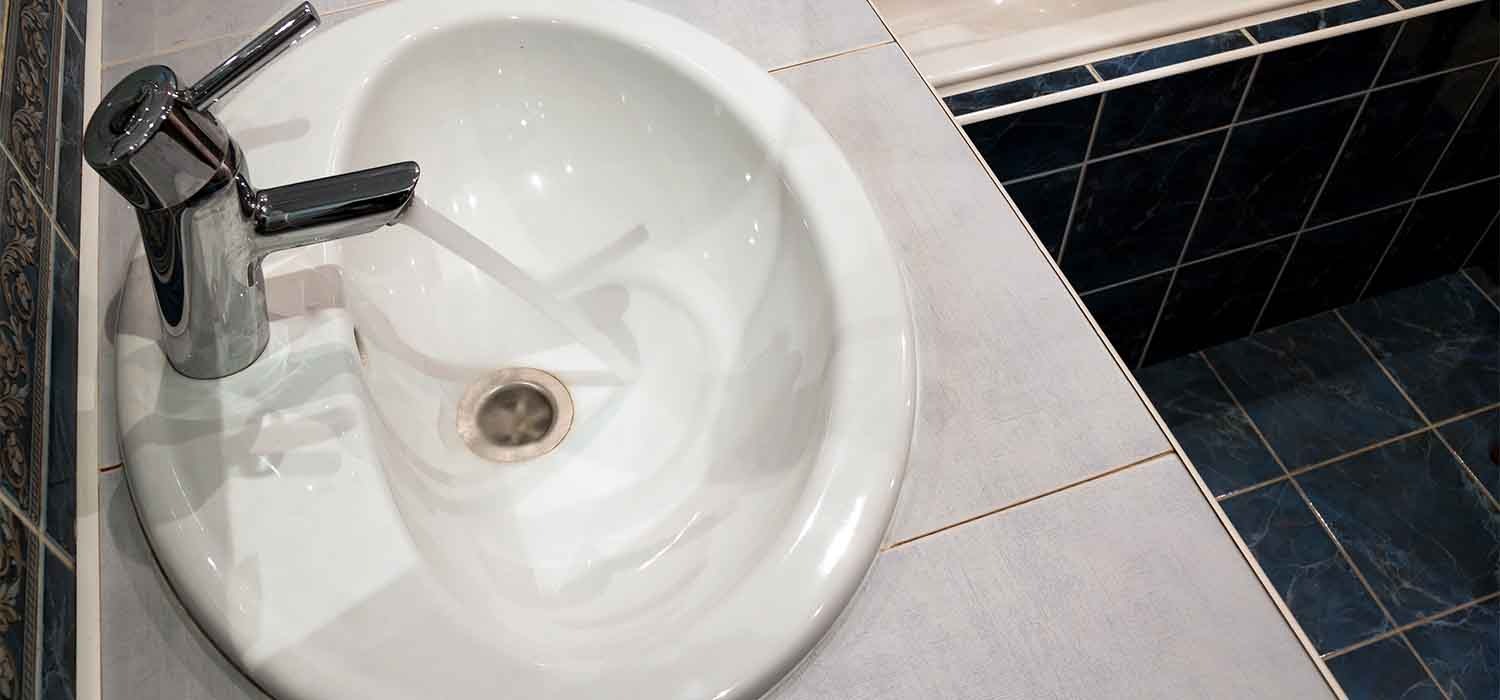

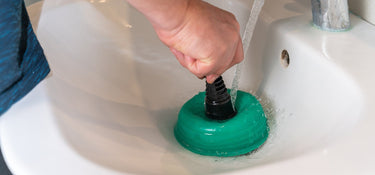
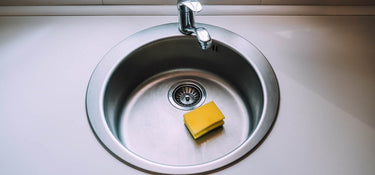
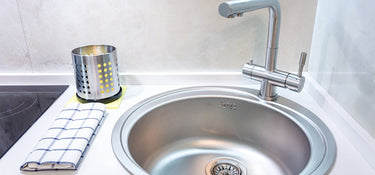
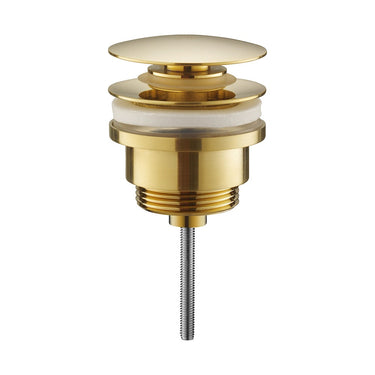
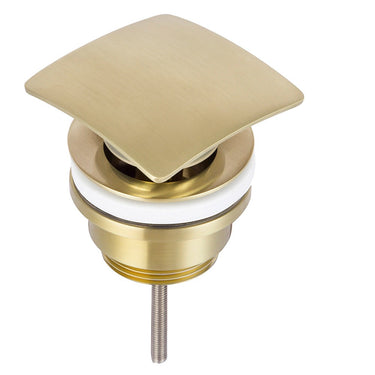


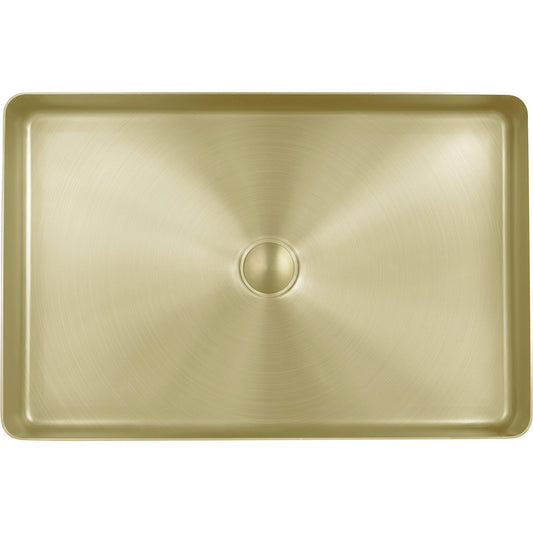

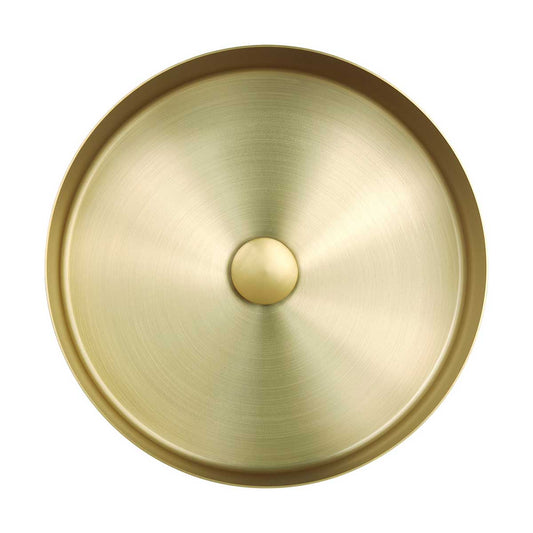
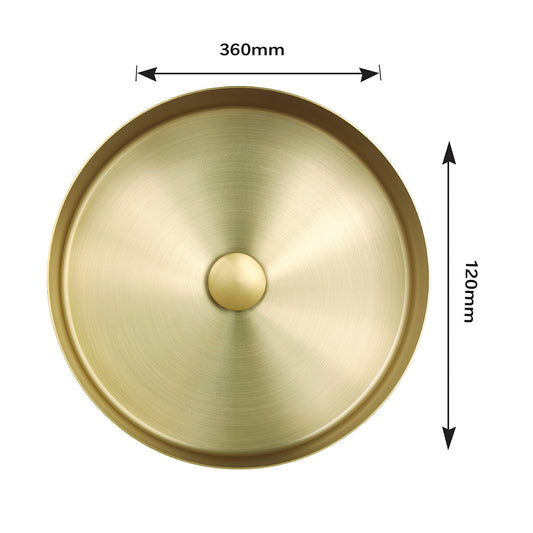
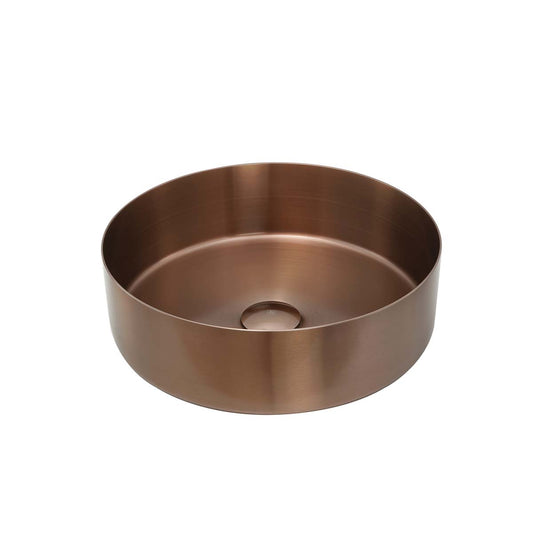

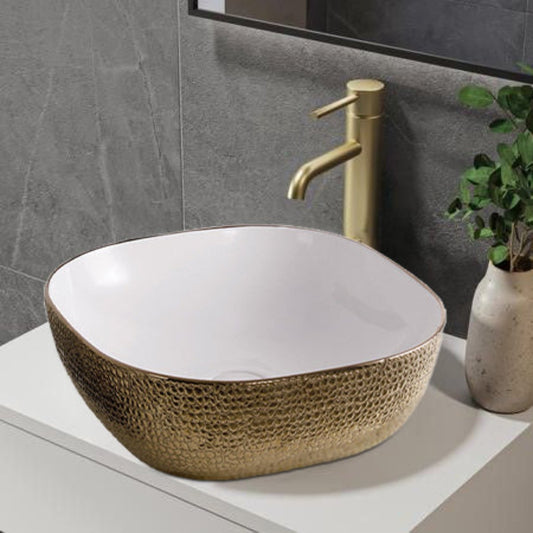

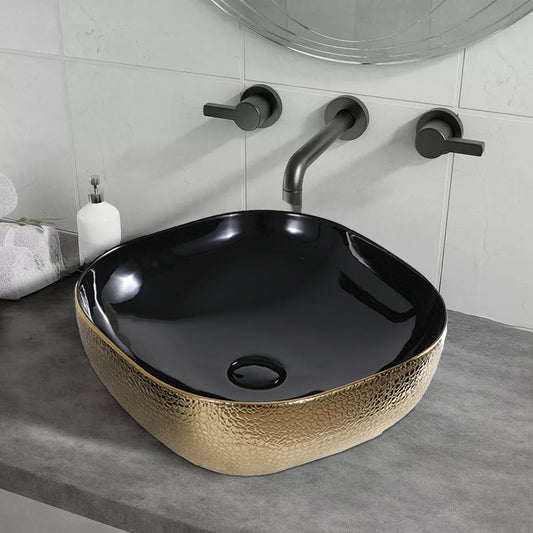

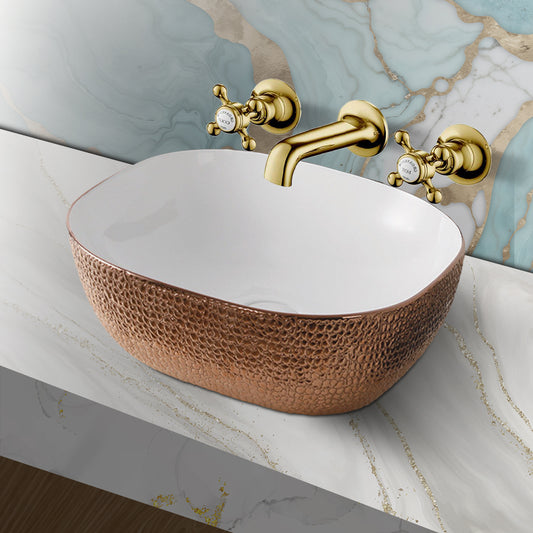
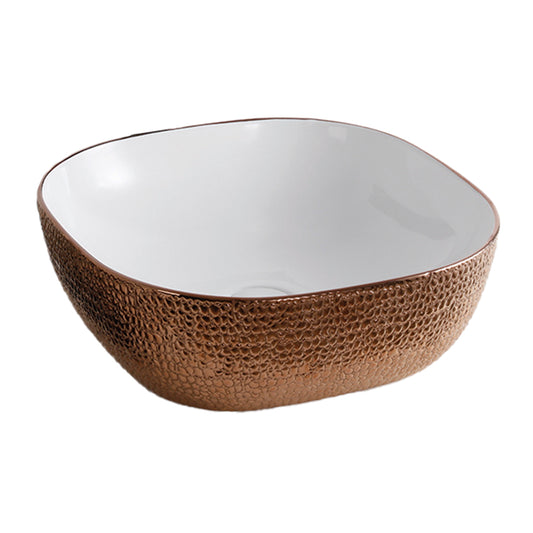
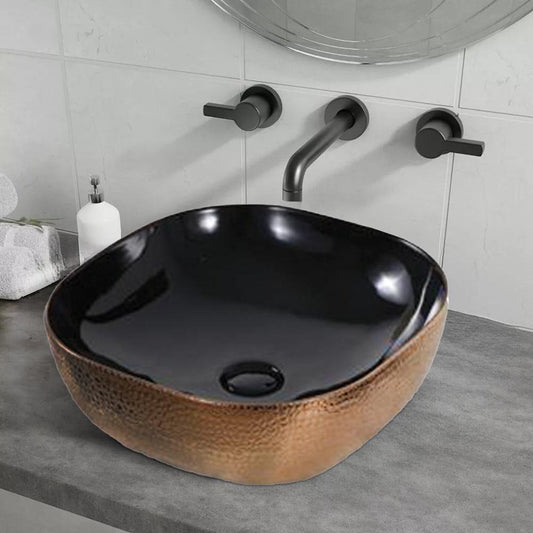

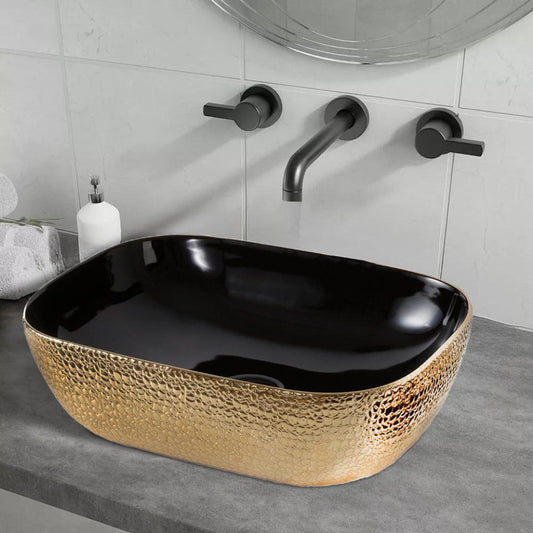
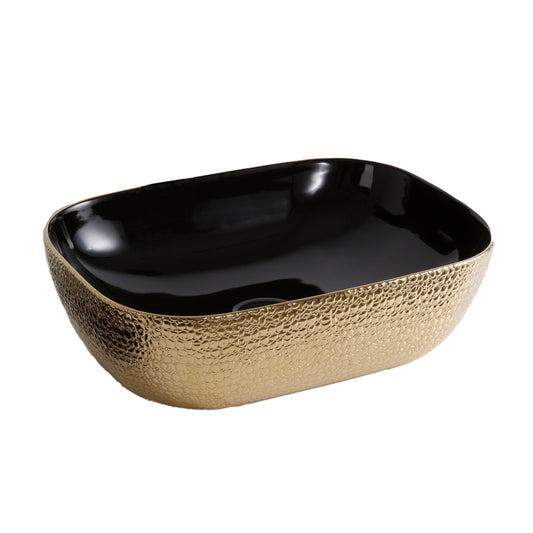
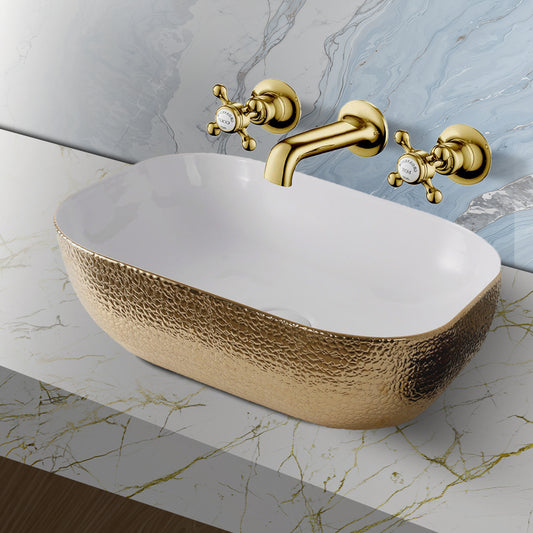
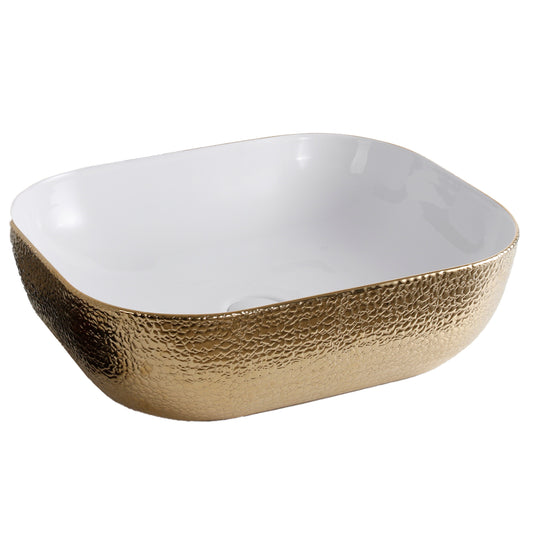


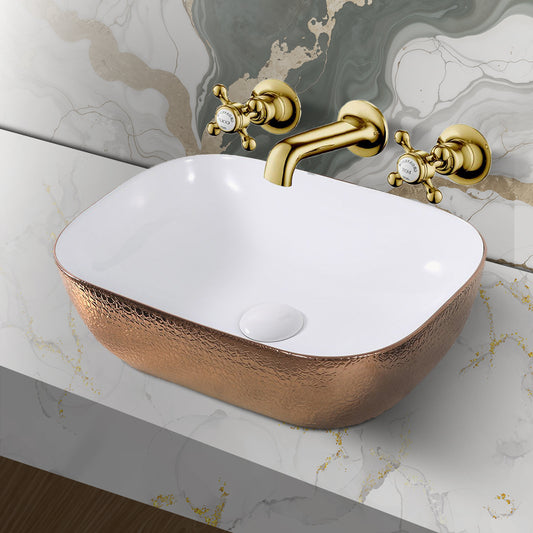
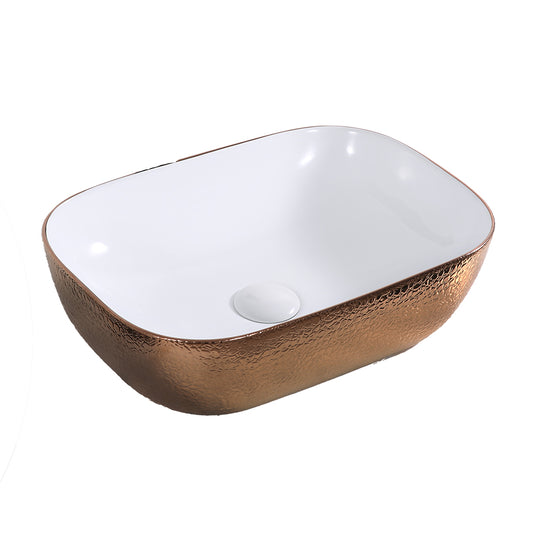
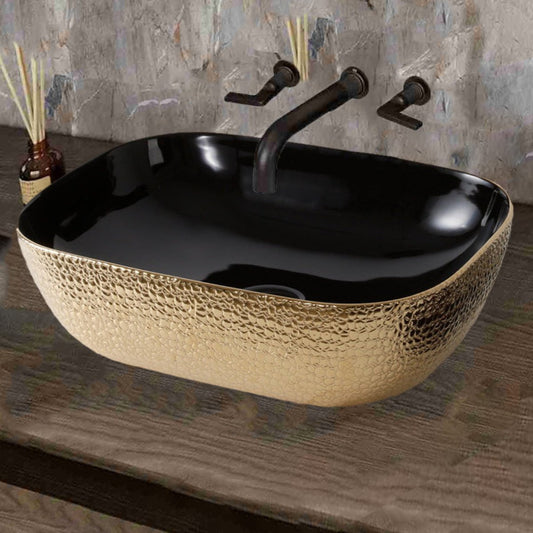
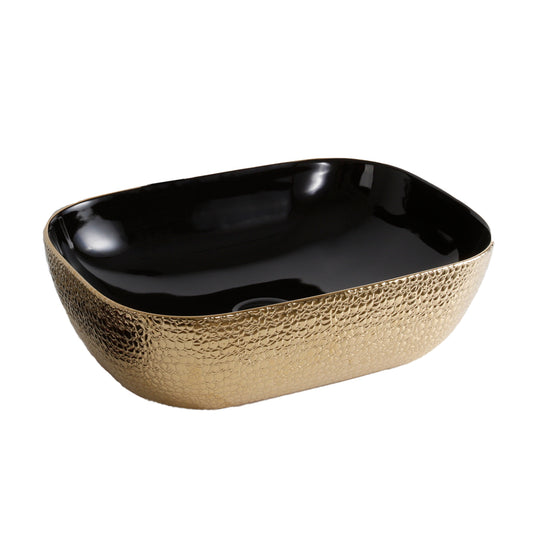
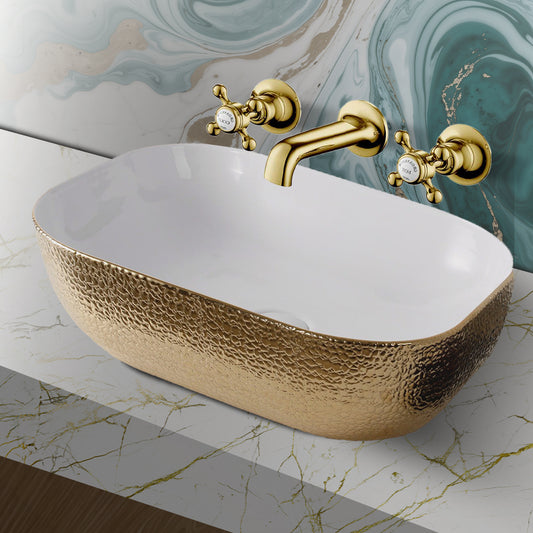
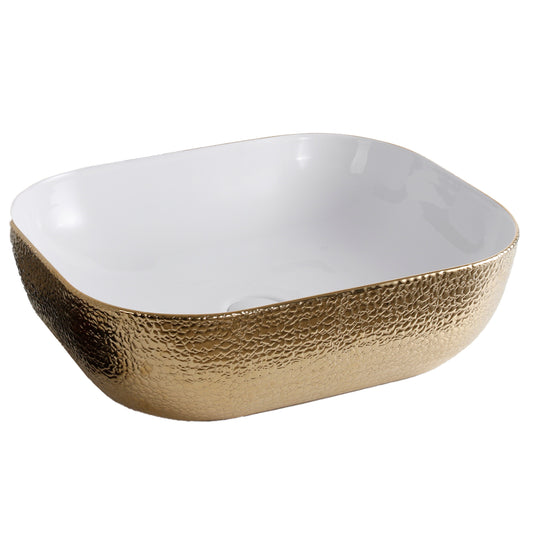
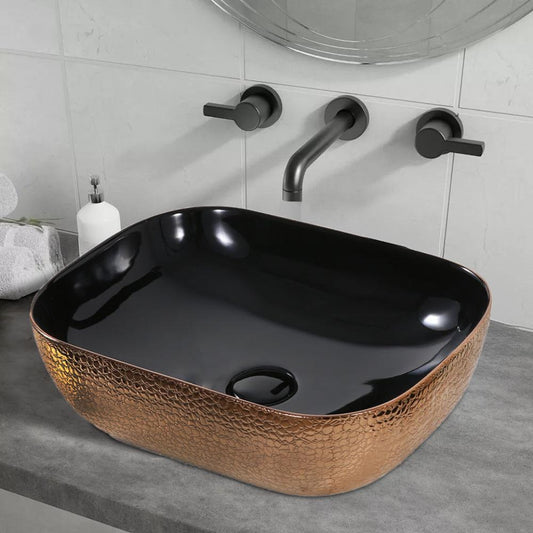
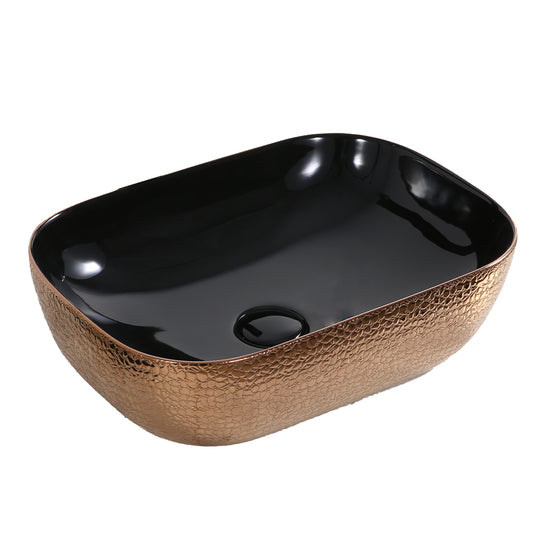

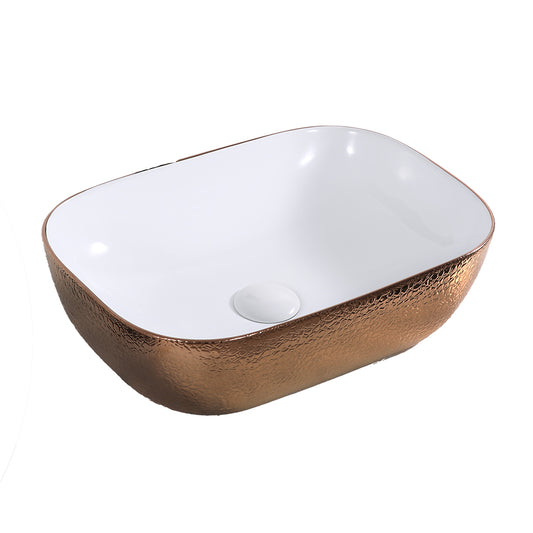
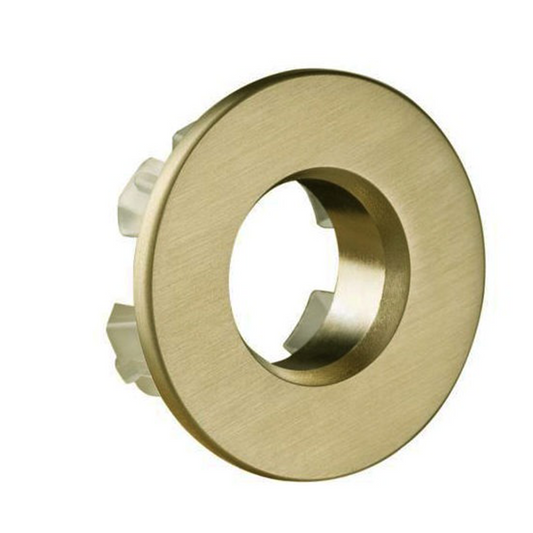
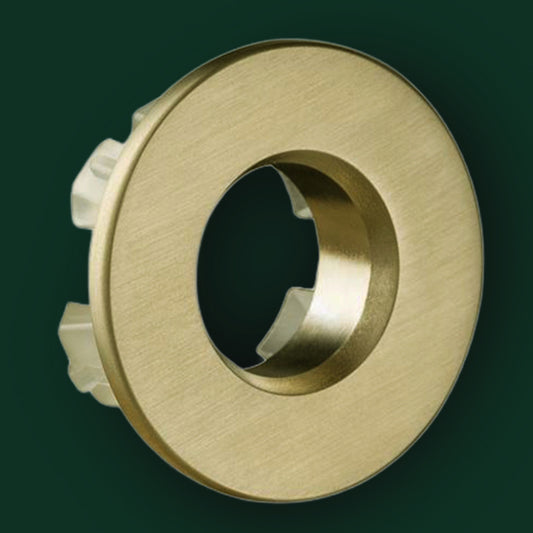
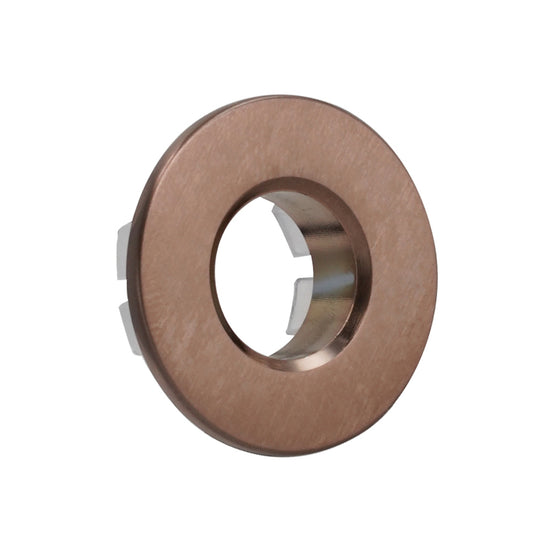

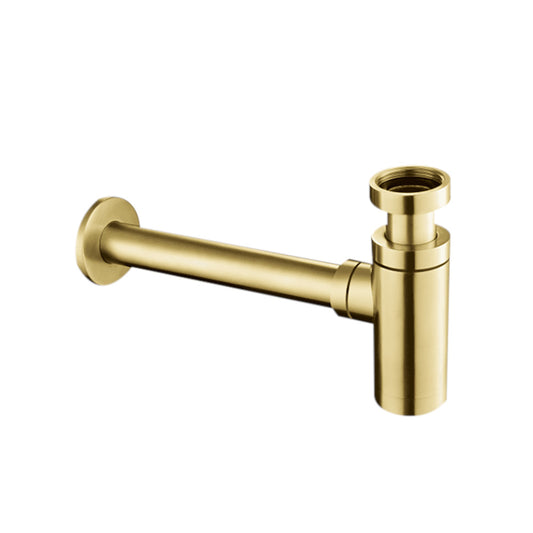
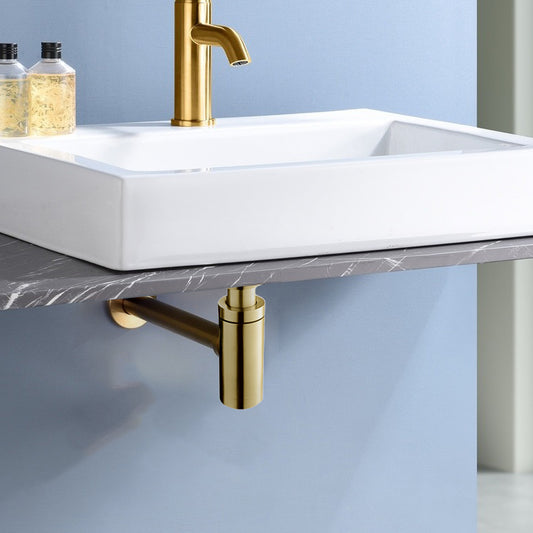

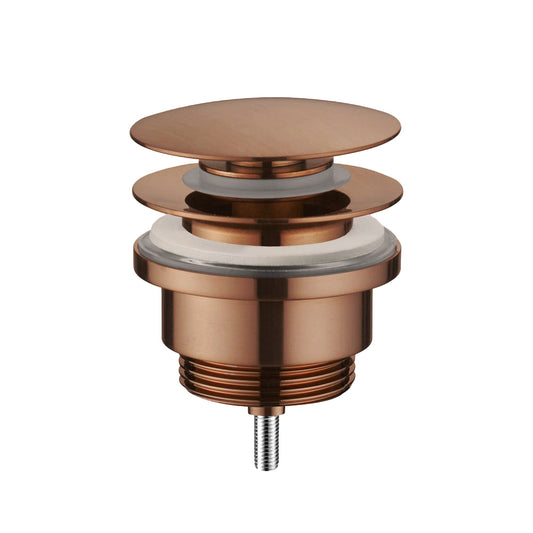
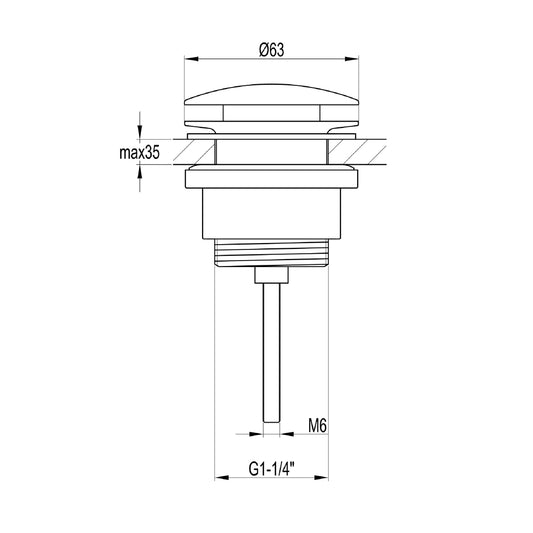
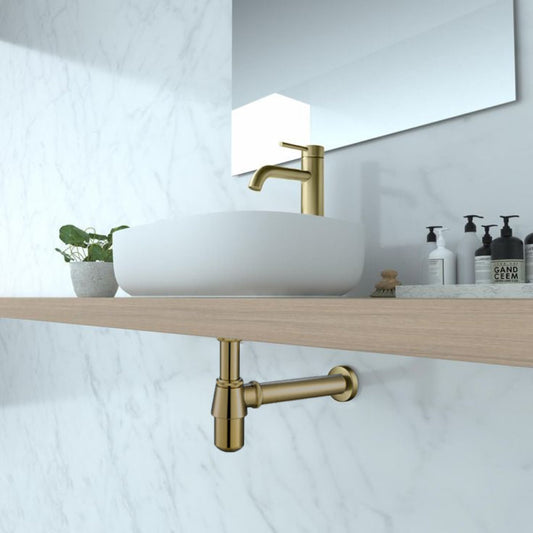
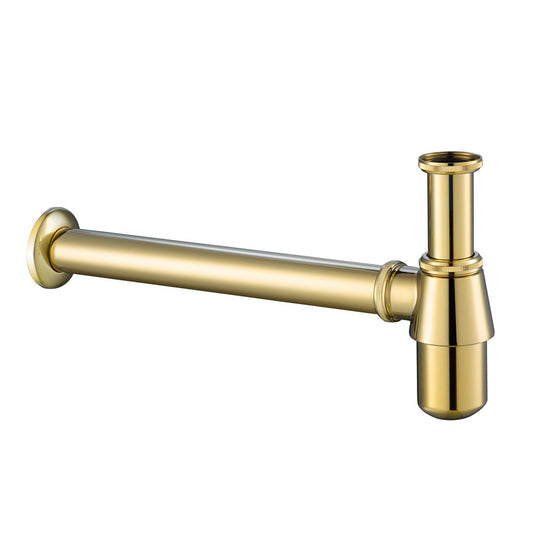

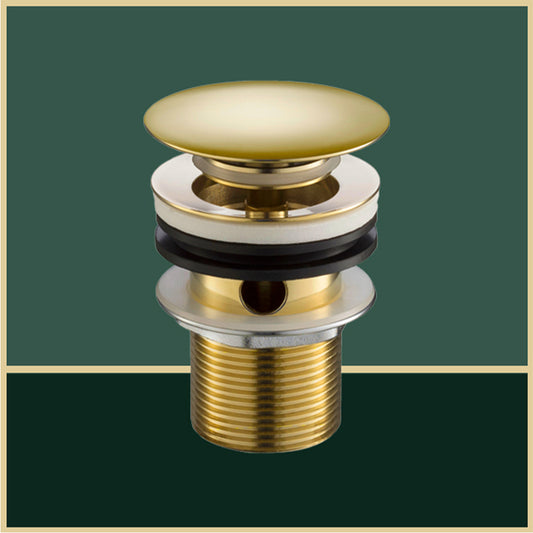


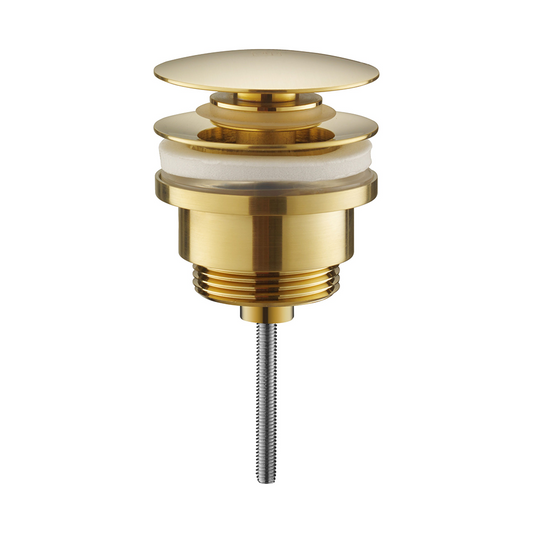
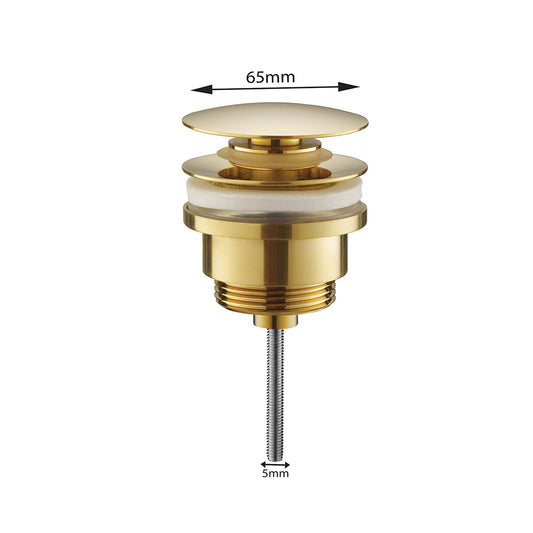
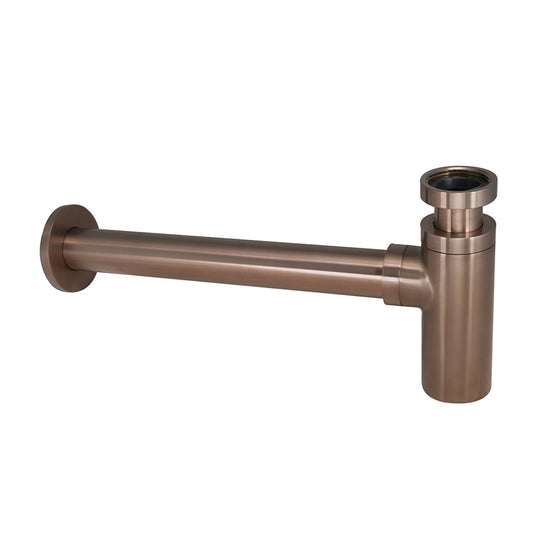
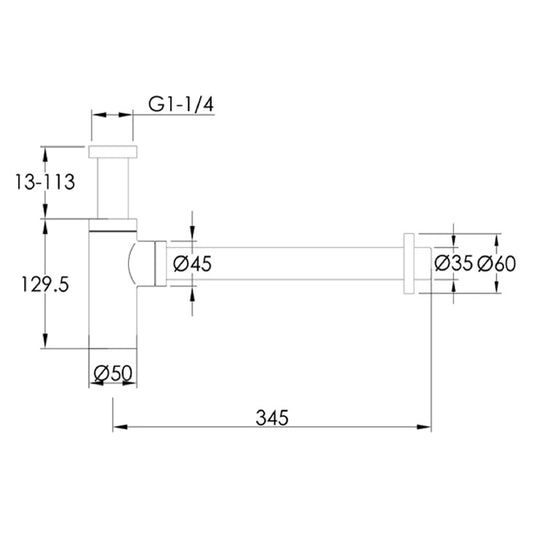
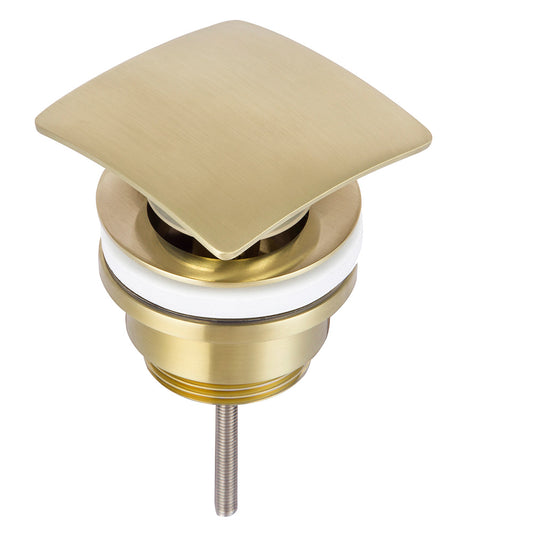
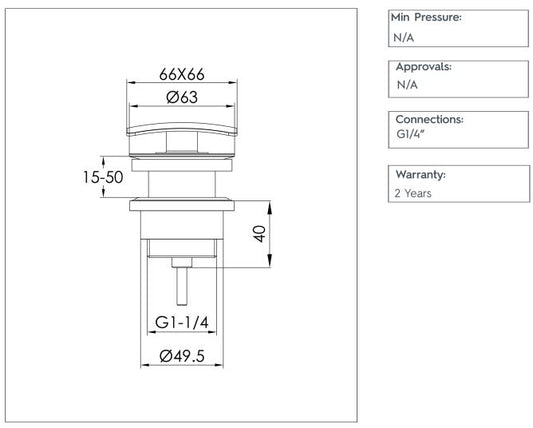




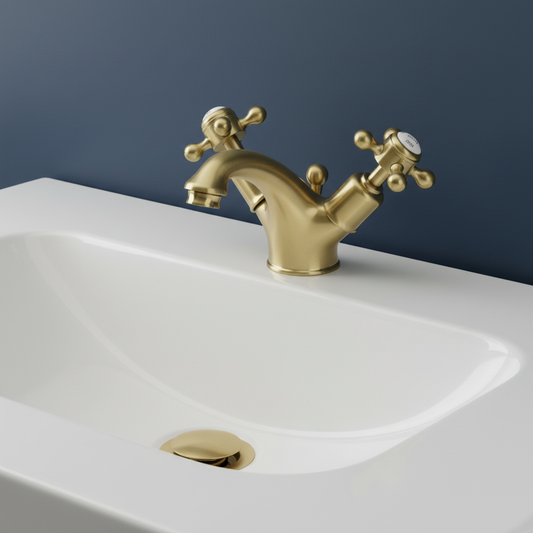

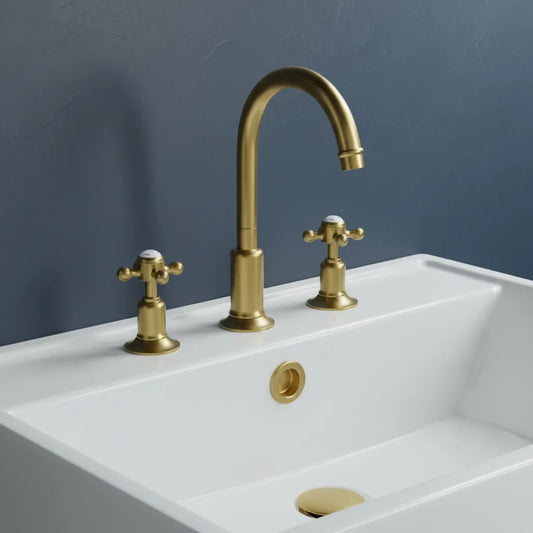

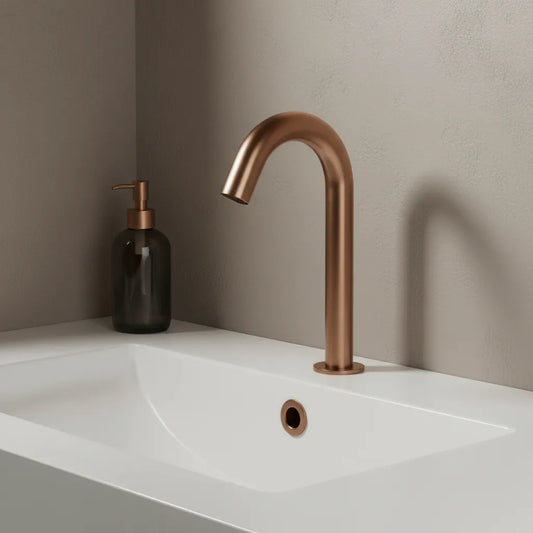



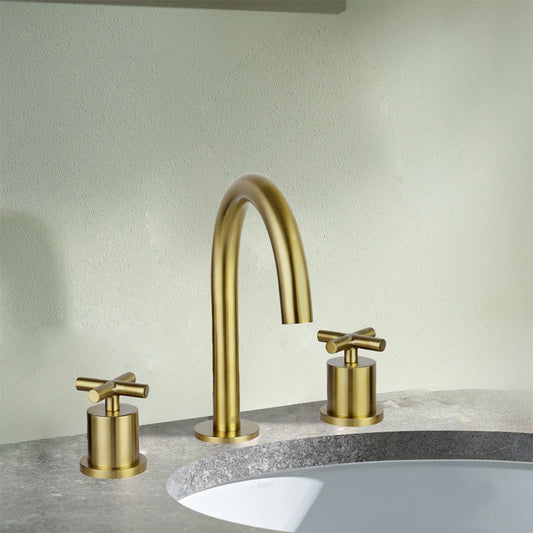
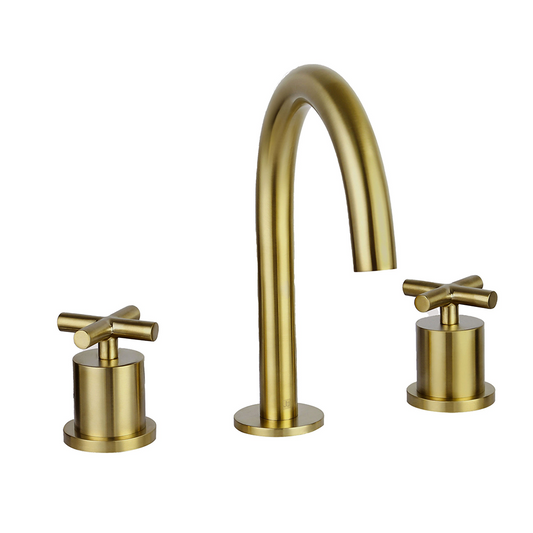
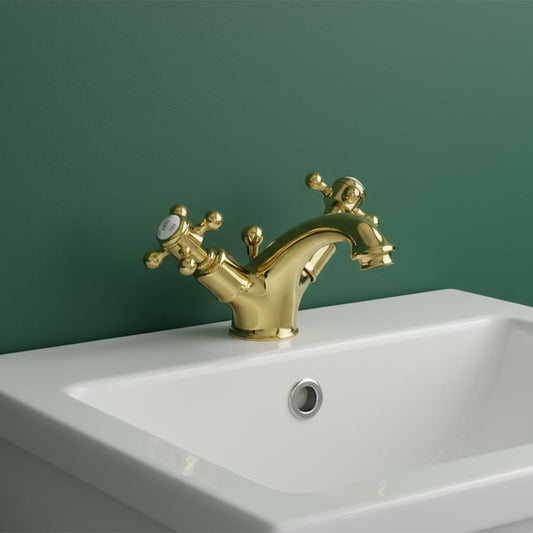





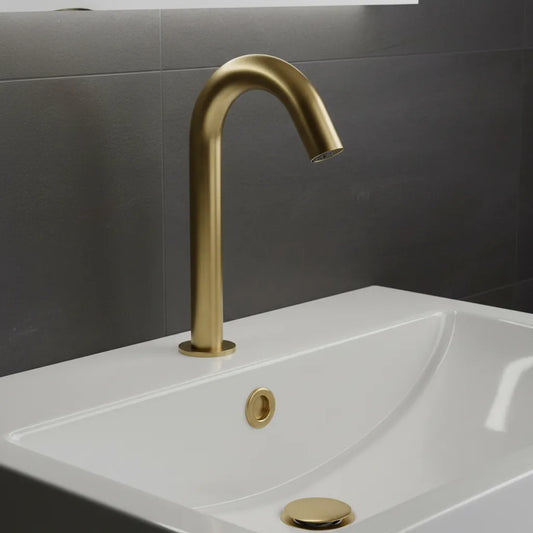


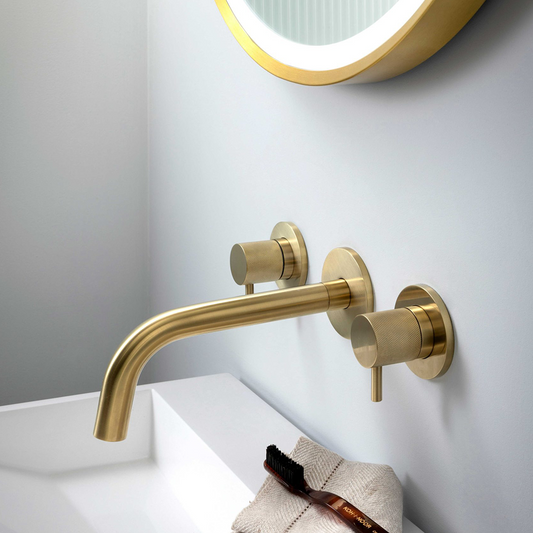
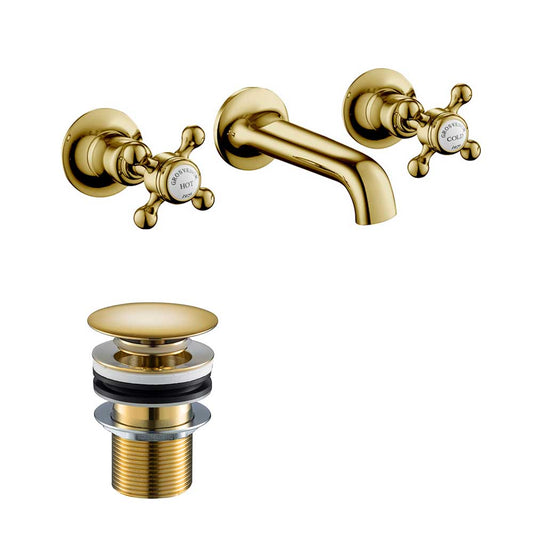
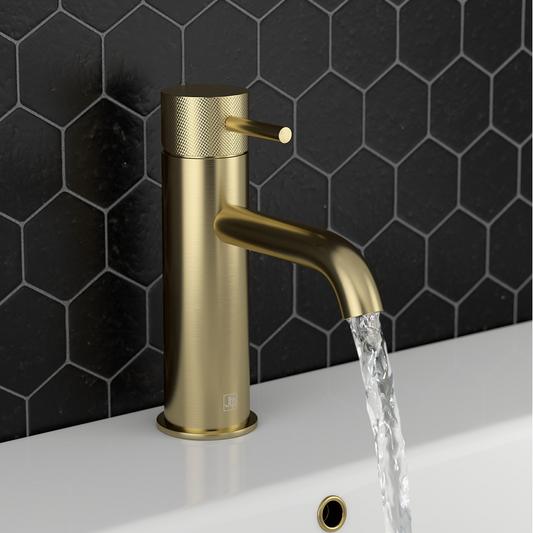
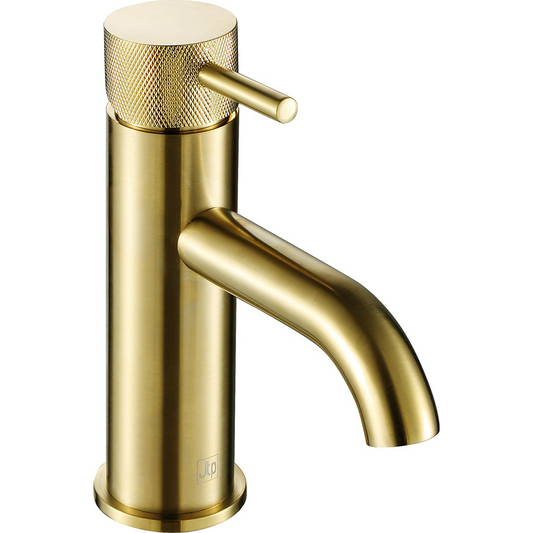


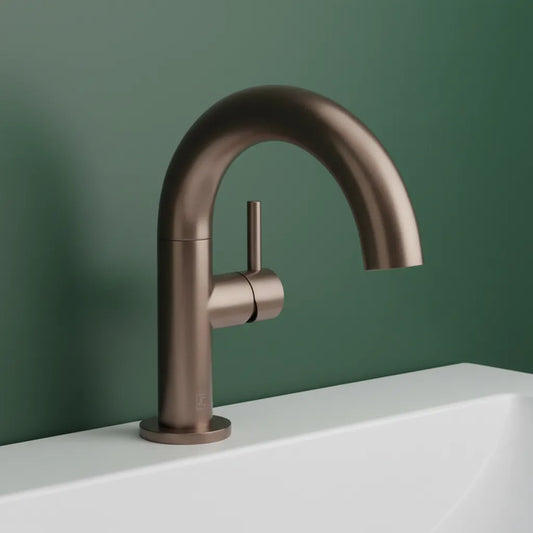

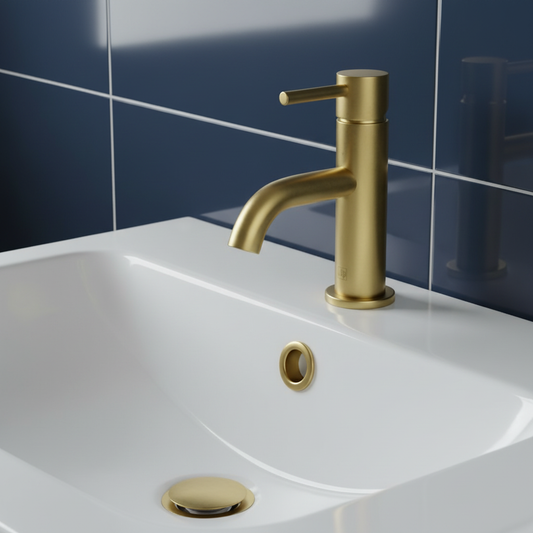

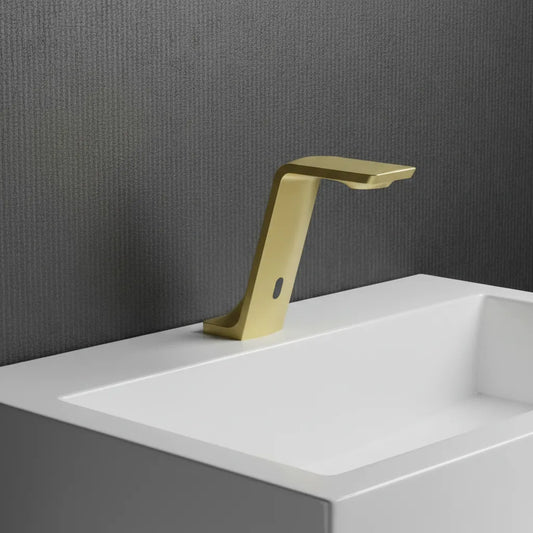



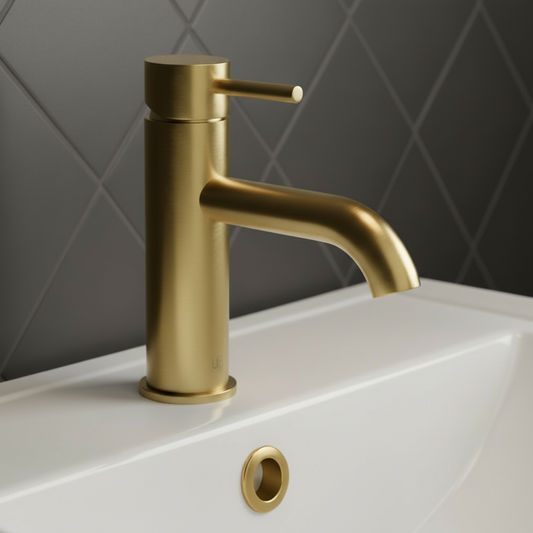

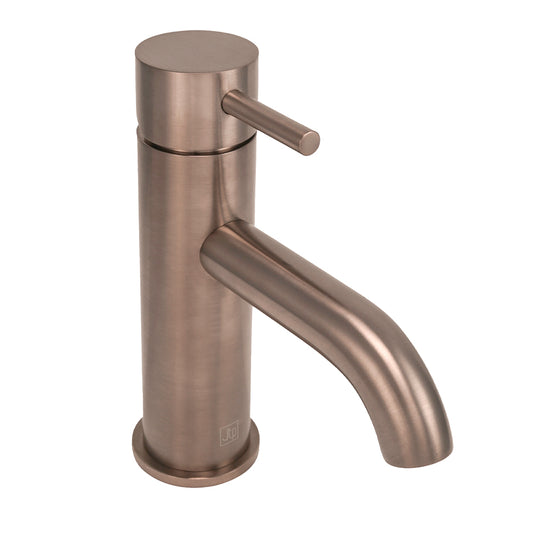
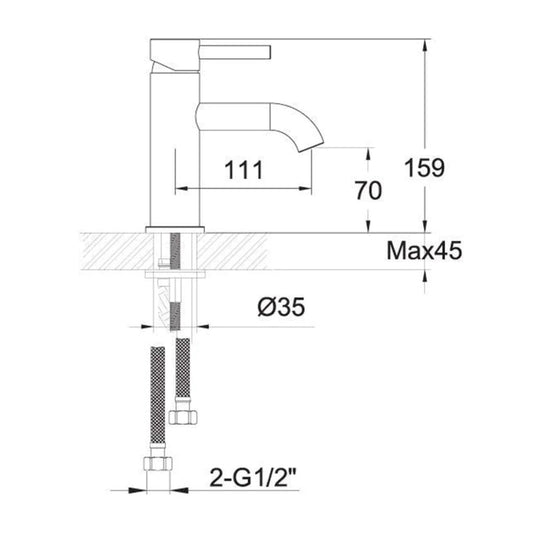
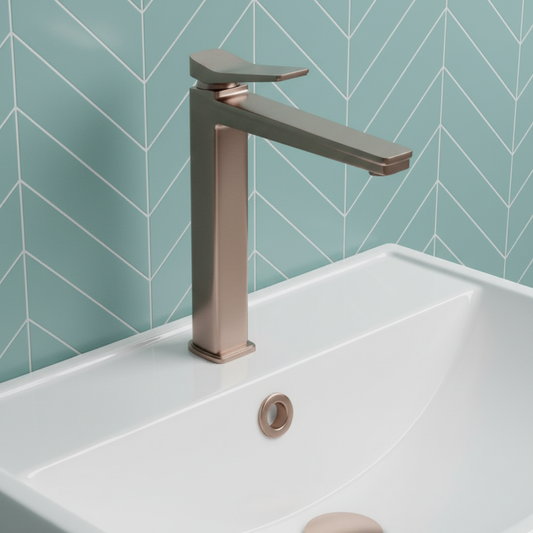

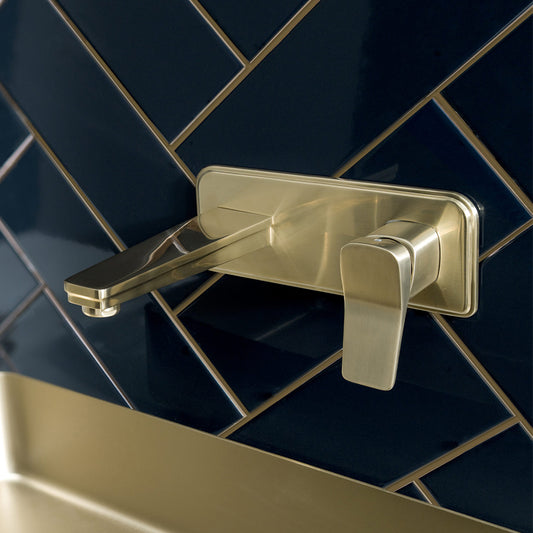
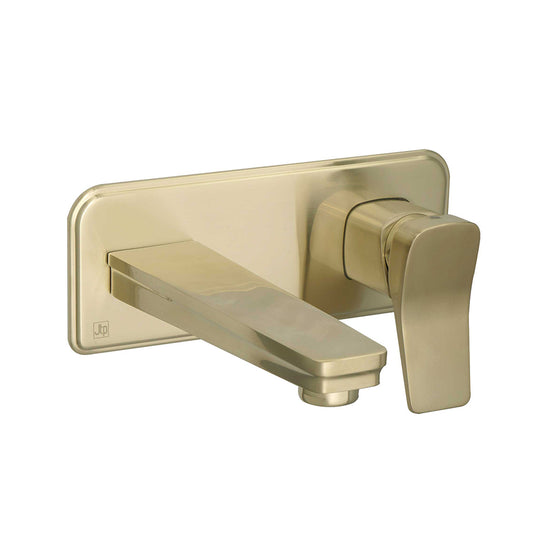
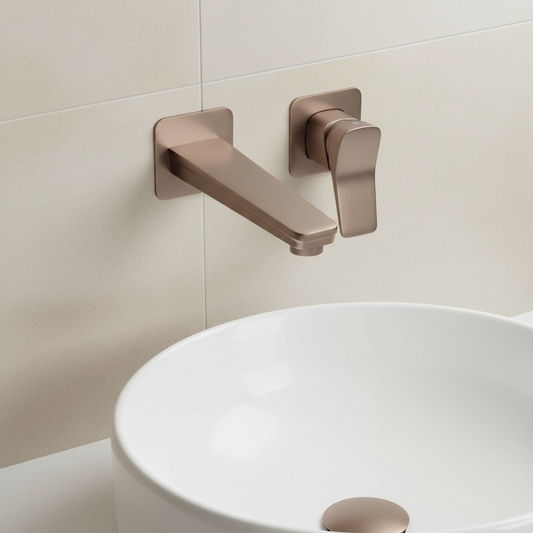







5 Comments
Helpful tips, including simple home remedies, to unclog a sink.
“Using household items to unblock the sink” is very well explained
Great step-by-step guide! I usually panic when the sink gets blocked, but using baking soda and vinegar is a much safer trick to try first.